3. Running backs and tight ends leading Buffalo’s offense
Offensive coordinator Joe Brady believes in the importance of establishing the run game early, but that’s not the only thing he wants to get going from the start of the game….
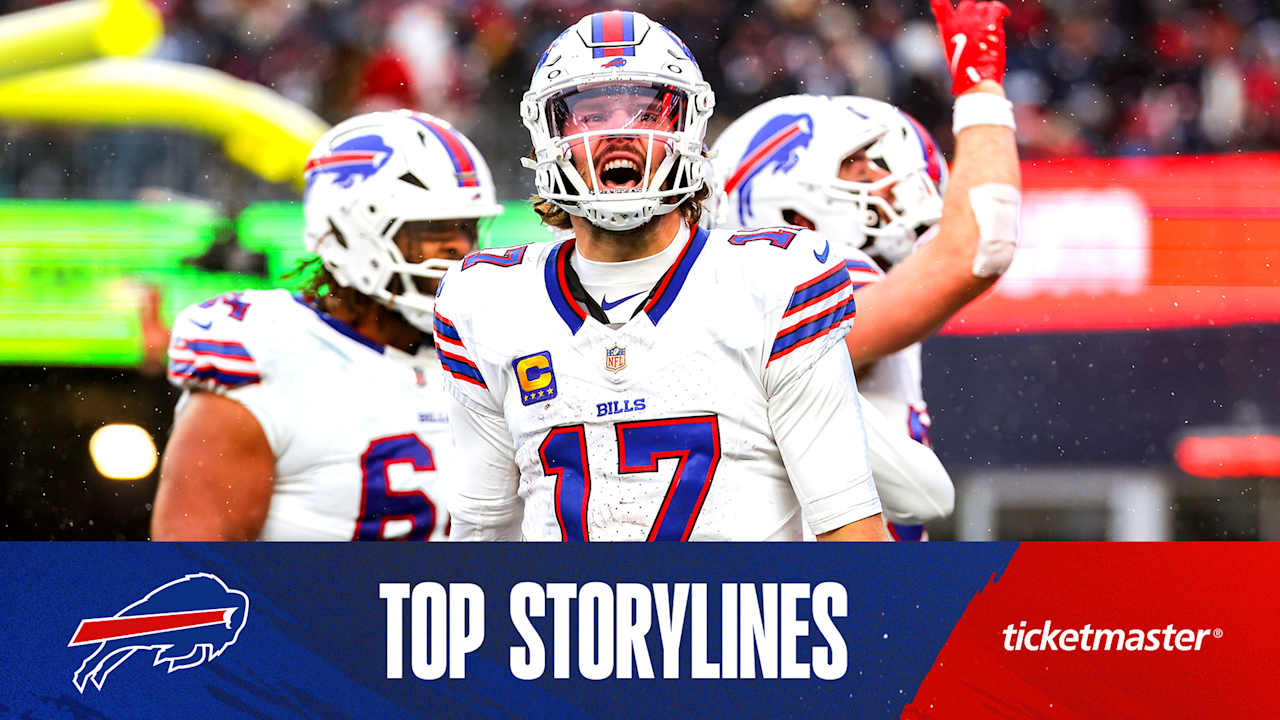
Offensive coordinator Joe Brady believes in the importance of establishing the run game early, but that’s not the only thing he wants to get going from the start of the game….
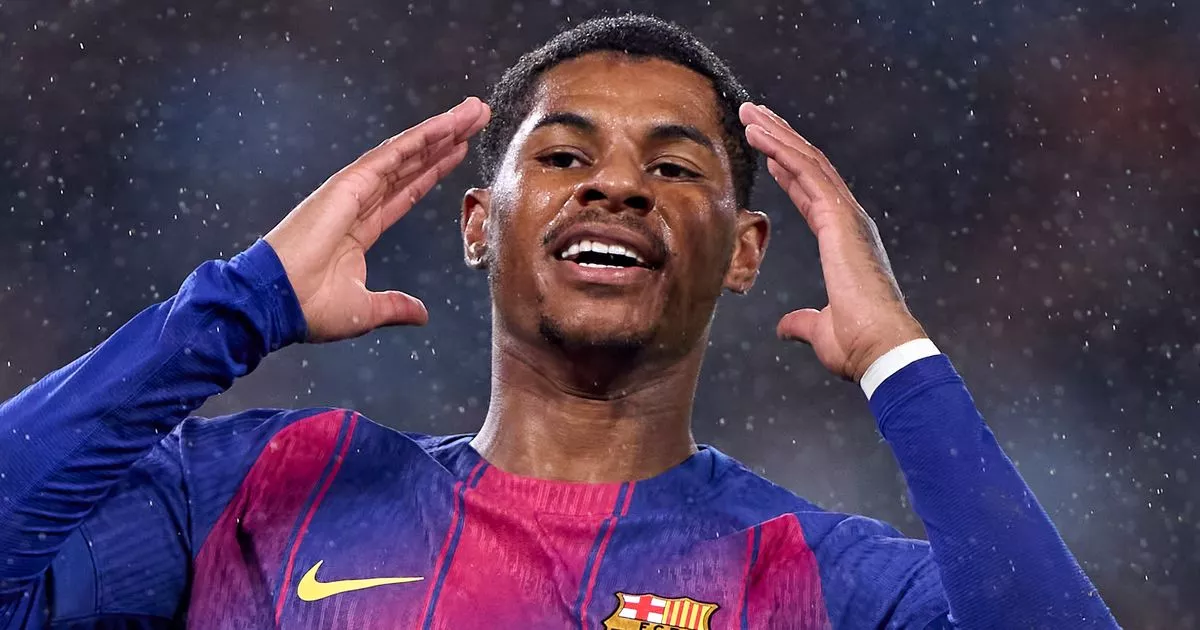
Spanish media have delivered their verdict after Marcus Rashford’s strike helped
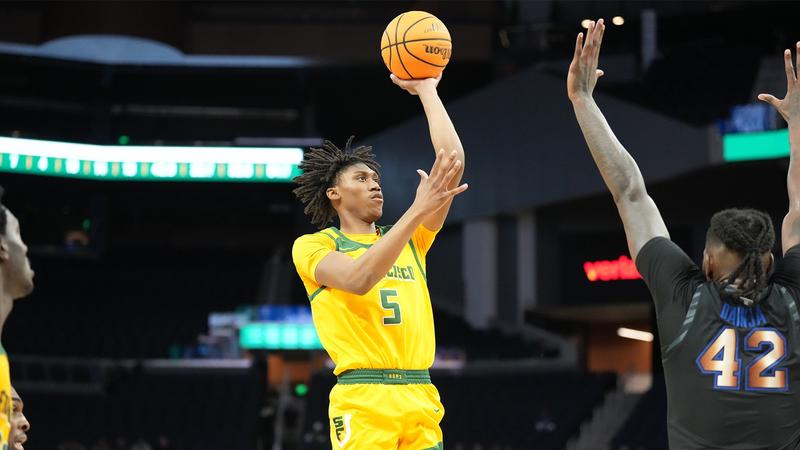
SAN FRANCISCO, Calif. – Tipping off the final week of nonconference action, the University of San…
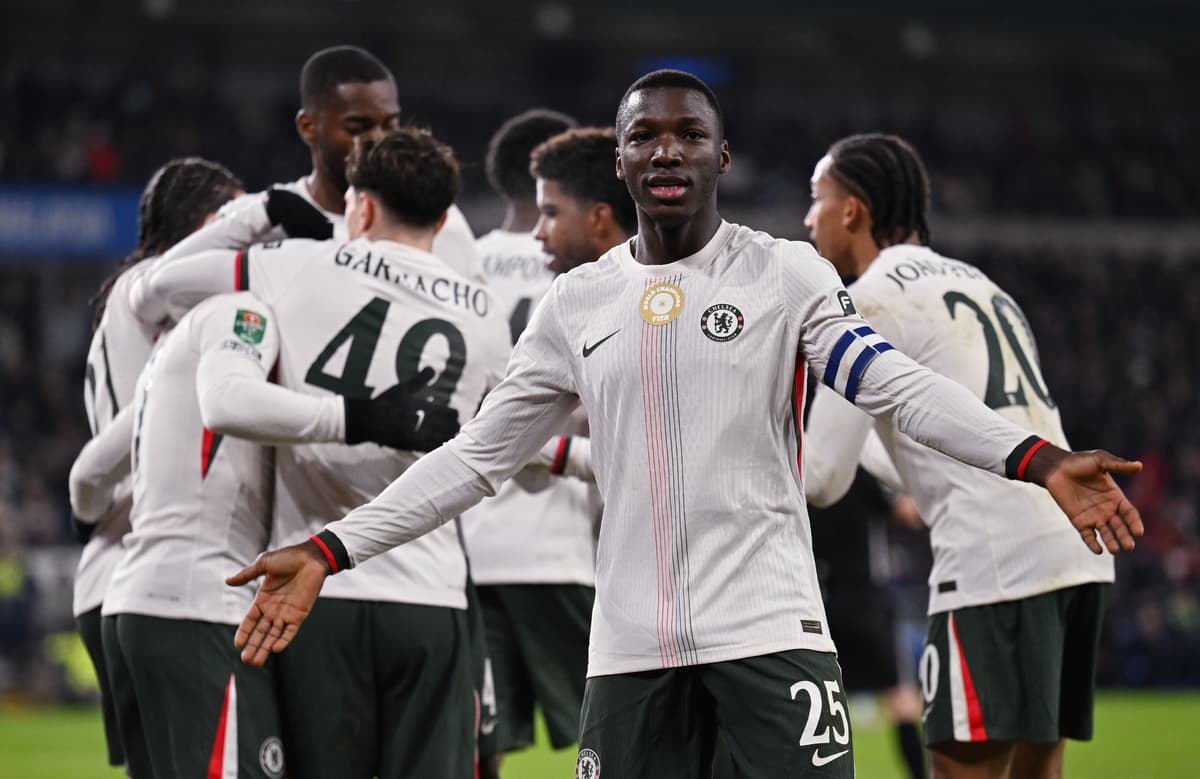
The first leg will take place in the week of January 12, while the second leg will be in the week of February 2.
But Chelsea will be without one of their most important players for the first leg after Caicedo was booked against Cardiff.

If Formula 1 has a defining characteristic it is a relentless urge…
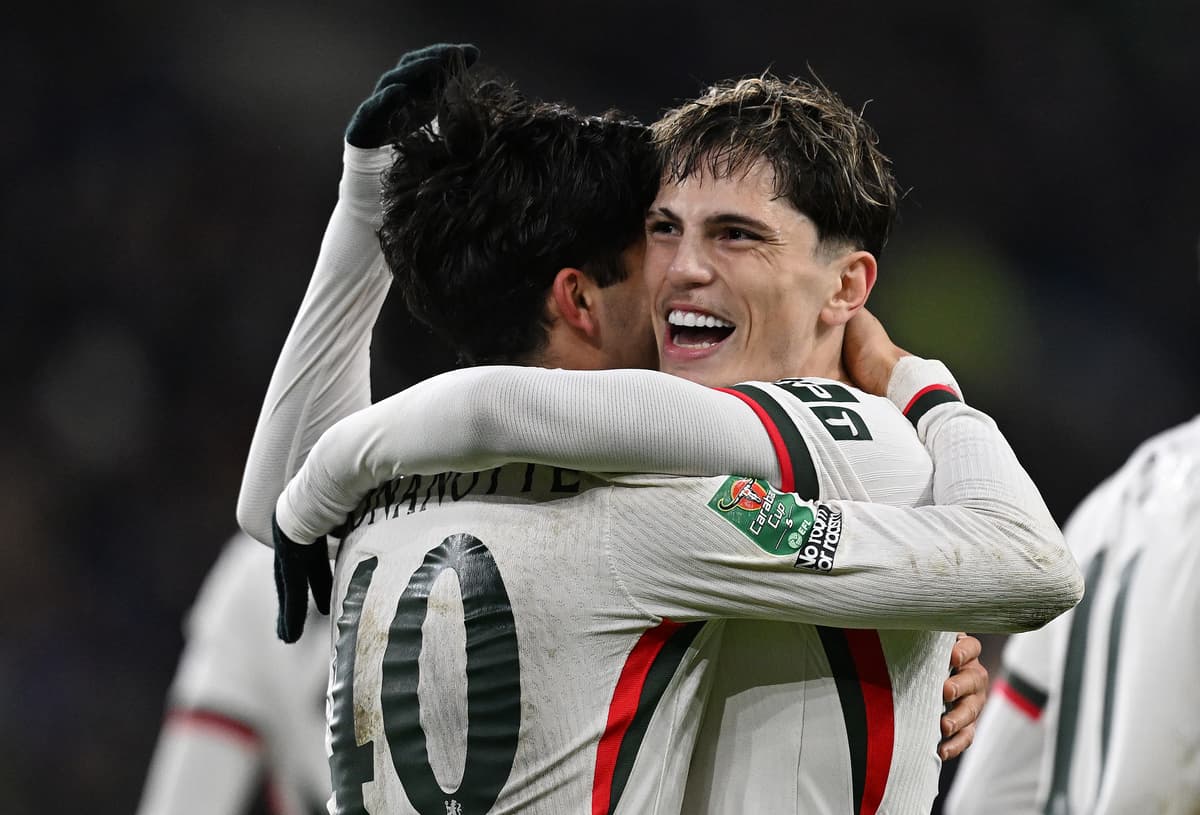

The Fédération Internationale de l’Automobile (FIA), the global governing body for motor sport and the federation for mobility organisations worldwide, has today announced the first new Constructor set to join the FIA World Rally…
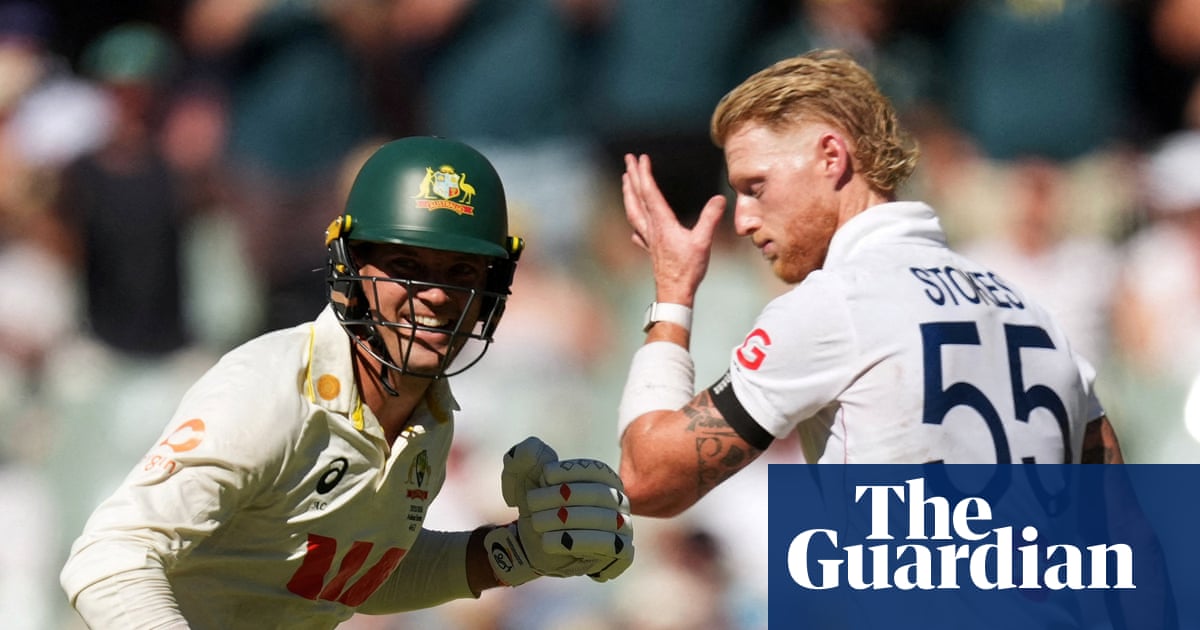
After the pandemonium of Perth and Brisbane’s pink-ball palooza came an outbreak of more familiar looking Test cricket at Adelaide Oval. For the locals it was one to savour as their boy, Alex Carey, delivered a sparkling century at his home…